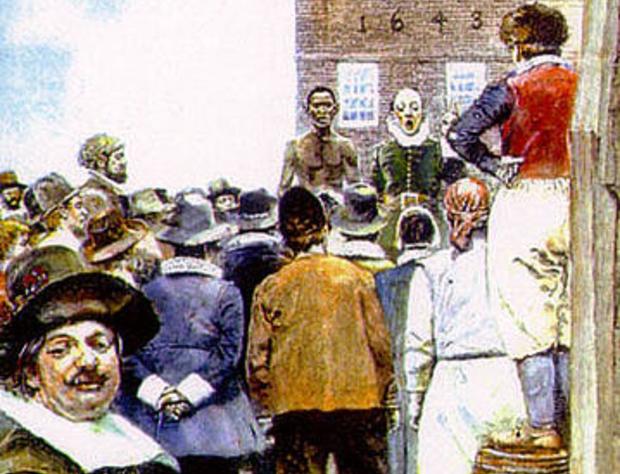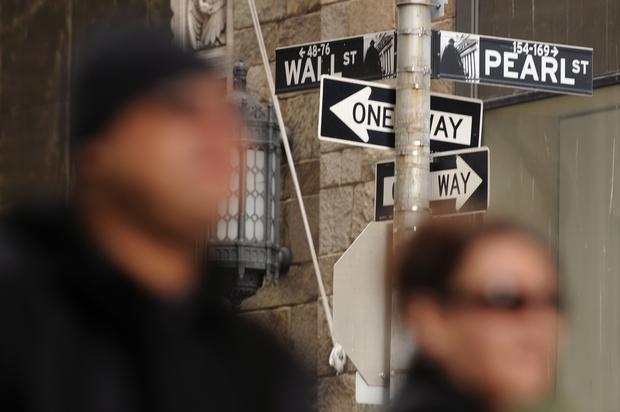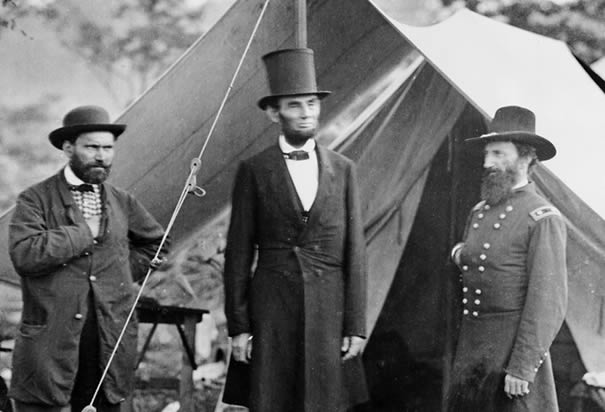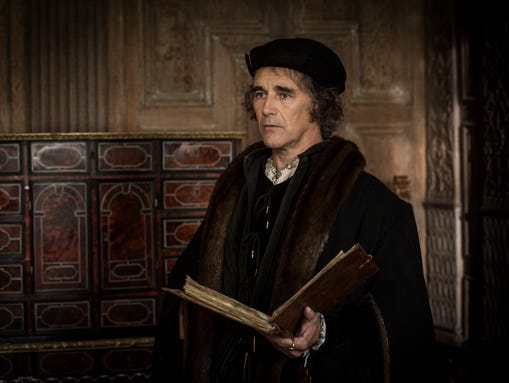Before, and after, the Battle of Antietam, the bloodiest single day of the war --
September 17th, 1862. Near Sharpsburg. On the field. Dear Mother, It is a misty moisty morning. We are engaging the enemy and are drawn up in support of Hooker who is now banging away most briskly. I write in the saddle to send you my love and to say that I am very well so far. Dearest mother, I am wounded so as to be helpless. Goodbye if so it must be I think I die in victory.... Dearest love to father and all my dear brothers. Our troops have left the part of the field where I lay -- Mother, Mrs. Wilder. All is well with those that have faith.
From
This Republic of Suffering: Death and The American Civil War (2008), by Drew Gilpin Faust. This is the work upon which the PBS series,
The American Experience, drew upon for its excellent -- as far as it goes -- 1 hour and 56 minutes
Death and the Civil War program, produced by Ric Burns, narrated by poet and undertaker, Thomas Lynch, a variety of historians, including Drew Gilpin Faust, David W. Blight, George F. Will and -- as Faust is the single female head / voice -- there a single historian of color, Vincent Brown. The program is available on dvd, and currently streams on Netflix.
PBS has a transcript of the program available online and available as a pdf download.
Based on Faust's book, the program explores how the Civil War changed everything in our national attitude and practices about death, about the body and the relationship of service and obligation to the body of its citizens to the nation and the nation's and government's to the body. No single aspect of the body and death remained unaffected by the War, from the comforting narrative of the "good death," to the previously uncommon practice of embalming the dead body, which grew out of the need of relatives reclaiming their dead from southern battlefields to bring home where they could be buried with their own loved ones, in their own ground.
Many years ago, learning that after the Battle of Gettysburg, on the battlefield were over 3,000 dead horses and mules, I wondered for the first time, "Who cleaned up these battlefields when the shooting stopped?" because I had no idea. I asked people, but none of them knew either, other than supposing in the south African Americans were given the job.
* Evidently we all supposed that battlefields in the Civil War -- and in all wars, even those of the Napoleonic era -- were handled the way we've learned from watching films and reading novels about WWI and WWII, with ambulances, nurses and doctors in the field performing triage, semi-orderly transfer after the battle to waiting hospitals, adequately staffed with medical and military personnel. Inventories of persons dead and injured taken, against the records of their units, commanding officers relaying the information to whatever desk or agency to inform the relatives, and so on. Bodies shipped home, the injured to safer hospitals and decent burials for those who were missing records and / or relatives.
 |
| The caption says: "Wagons of the 57th New York's ambulance corps remove wounded from the field after the Battle of Fredricksburg." |
None of that happened during most of the Civil War years, or before the Civil War, anywhere. There was not even an ambulance corps before 1864. A system for an ambulance corps,whose duty was to take the wounded off the battlefield during the battle, if possible, and after, to an aid station, and then to a field hospital, was instituted by a campaign waged by a civilian,
Henry Ingersoll Bowditch (1808 - 1892) of Massachusetts (a fascinating fellow in his own right), in company with Clara Barton and several military physicians within the Army of the Potomac. It began work just in time for the bloodiest year of the war. Two thirds of the Civil War casualties began in 1864.
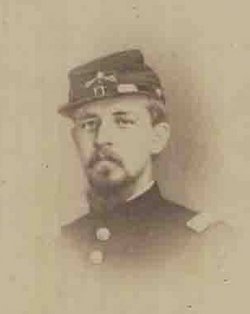 |
| Nathaniel Bowditch |
Bowditch received a telegram that his son, Nathaniel, had been wounded, He raced to Washington to give aid and assistance, only to learn his son was already dead. Convinced that Nathaniel would have survived if he'd received medical attention more quickly, he harnessed the power of his grief and anger so that others might survive what his own son did not. Yet, even in his own last days, Bowditch was never able to reconcile himself to his son's death. The sheer scale of the dead and wounded, killed and maimed in mass slaughter, the sheer numbers of bodies never identified, never buried, never found, even after the war was finished, the nation failed to reconcile.
Within two months of Appomattox began the evolution of the National Cemetery Program, with an organized, concerted military program to recover from the south the Union dead of unburied bodies and those bodies buried en masse. They recovered those buried by comrades who'd made careful notes with directions for the families of those who died from disease or other causes besides battle. The corps went to every battleground and quartered it and the surrounding landscape, gathering bodies, exhuming others. The southerners would not help and where possible hindered their work. Many Union dead were found mutilated, not by battle, but after death, and often, it appeared, before death too, thrown into ditches without even a stitch of clothing. It was the local people of color who made possible many of these recoveries for reinterment in the national cemeteries, as they literally knew where the bodies were buried -- or not buried, as was often the case.
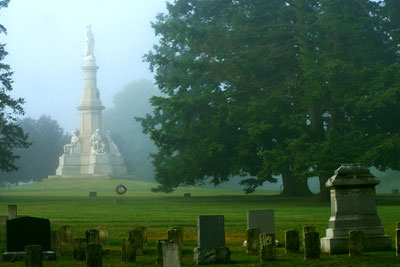 |
| Gettysburg National Cemetery. When Lincoln gave the Gettysburg Address nearly half the bodies that fell in the battle remained unburied. The stench of decay and rot was pervasive and lasted into the winter. |
The southern political class objected vociferously to this program which spent public funds for the decent burials of the invading army -- about four million by the time it was concluded in 1871. There ensued some discussion about unfair the former secessionist felt this treated them and their dead. The recovery program became the first vehicle and remained the most powerful one driving their conviction that they were the victims of the north, that the Union started the war and invaded them without pretext. Much generous admiration was expressed at the way the women of the south stepped in, as private individuals, to do the same for the confederate dead -- with only private donations, no government funding at all.
Vincent Brown refuted this neoconfederate justification by saying, "The South didn't fire on the North over the issue of respectable burials. The South fired on the North in order to expand of slavery into the whole nation."
He didn't say it, but I thought, "The South fired on the North in order own the bodies as well as the service and loyalty of others without any obligation to even allow them food to eat. So much did the South believe they owned those bodies -- meaning the slavocracy power elite who made this war -- that many of them even expected those bodies to go to war and die to defend the slavocracy's ownership of themselves, and saw nothing delusional in believing that. No wonder the neoconfederates and their allies whatever their names might be now -- tea baggers, religious freedom righters, etc. -- are equally delusional. And none of them believe in funding for anything, and hate government."
None of the speakers on the program say anything like this, but one cannot help but think about this too --
Even 150 years later, the nation remain unreconciled, as to what the government and nation owes to our most common property, our selves, A primary reason there was no ambulance corps, no agency for accounting the dead and wounded and sick as to identity, family and home, is that it cost money, public money, and the south, which dominated all aspects of the federal government for so long, would not have it. It was something for the public good, and they did not believe in the public good. So much did they dominate Washington, that from Washington, 1789, to Pierce, 1853, in all those years there were only two presidents who did not own slaves; both of them were named Adams. Then there was Buchanan, who allowed the South to plunder the government and take whatever they could carry, including the treasury and even the petty cash, back down south to fund their confederacy. That's how they did / do things. They still believe they are the victims.
On April 14th it is the 150th anniversary of Lincoln's death.
-----------------------------
* Gettysburg happened too soon for African American troops to be delegated to that most horrible work detail -- that happened officially only when African Americans were able to join the Union army, after the 1863 Emancipation Proclamation. Though unofficially, after battles on southern soil, the Army of the Potomac again used African American "contrabands" -- i.e. the self-emancipated to came to the Union lines. But in the western theater things moved too quickly and there was no clean-up generally at all.







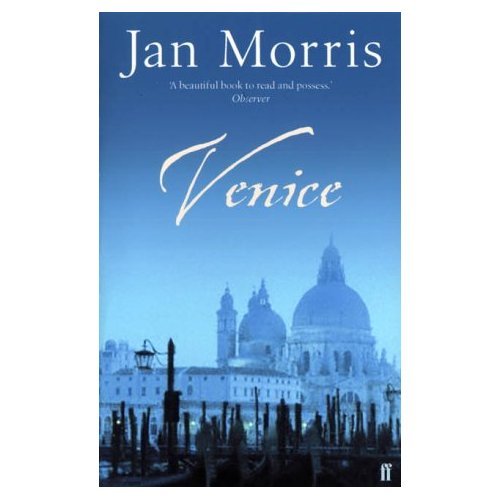










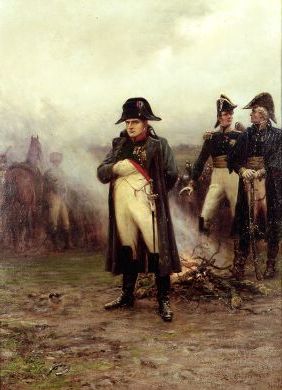




.jpg)
